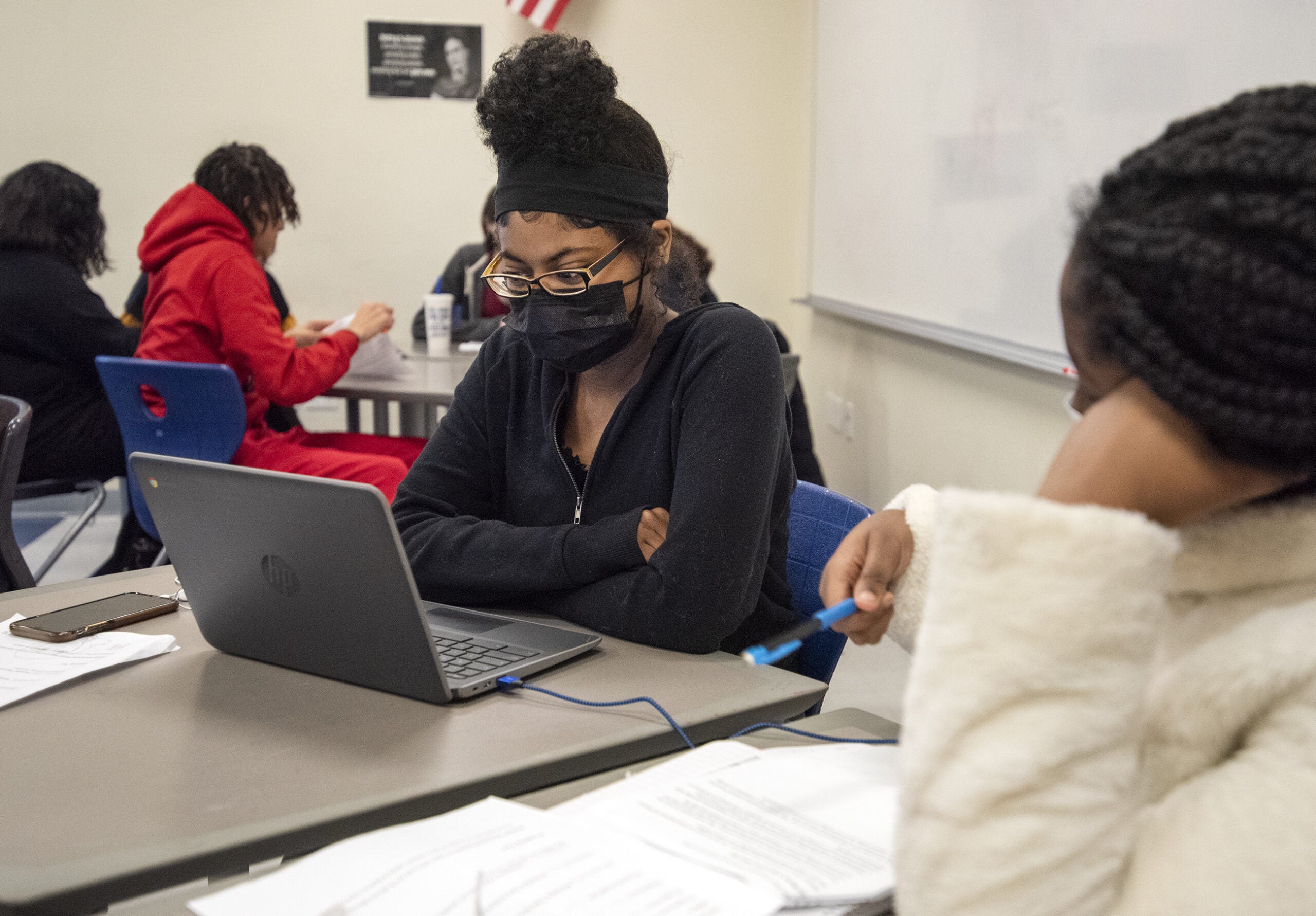Wisconsin schools that had a longer period of virtual or hybrid learning during the pandemic saw graduation rates rise among wealthier students and fall among those at an economic disadvantage, a new study found.
The study from the University of Wisconsin-Madison, published in the journal Educational Researcher, analyzed data from 429 public high schools in the state during the 2020-21 school year and two years before then.
It found that between September 2020 to May 2021, a full school year, virtual or hybrid learning increased the socioeconomic gaps in high school graduation rates by nearly 5 percent. Students are considered economically disadvantaged if they are from a household eligible for free or reduced-price meals under the National School Lunch Program.
News with a little more humanity
WPR’s “Wisconsin Today” newsletter keeps you connected to the state you love without feeling overwhelmed. No paywall. No agenda. No corporate filter.
Ran Liu, a UW-Madison education professor and author of the study, called the finding that affluent students’ graduation rates increased surprising. But she said disparities in access to resources is likely part of the explanation. And it’s possible that future events – not just a pandemic – could cause new disruptions.
“We need to understand that in-person schooling may have merits that cannot be replaced by virtual and hybrid learning mode,” Liu said.
The study relied on data from the COVID-19 School Data Hub, which collects data on K-12 public schools across the country. The high school completion rate data came from the Wisconsin Information System for Education, or WISE, a government database. Those two datasets were merged together.
“Overall, the study provides more evidence of this unequal impact of the pandemic,” Liu said. “We are providing more evidence showing that online and hybrid learning modes might have more complex consequences than we thought. We need to be very, very cautious.”
In the early days of the pandemic, schools were closed along with most businesses in an attempt to slow the spread of the virus. Scientists also knew little at that time about how the virus spread or its severity to different groups. But later in 2020, the decision to close schools had become a subject of debate, and Wisconsin’s school districts took a wide range of approaches – some remaining entirely virtual, some opening entirely in-person and some offering a hybrid approach.
The state Department of Public Instruction declined to comment. A representative of the Madison Metropolitan School District also declined to comment; school districts in Racine and Kenosha did not respond to requests for comment.
The study is consistent with reports that pandemic learning disruptions complicated student performance. In Wisconsin, proficiency in reading and math among eighth grade students fell to its lowest levels recorded in 25 years.
A 2021 report from the Centers for Disease Control and Prevention found that students of color were less likely to have access to fully in-person instruction for most of the 2020 school year.
The study referenced a Wisconsin State Journal article that found districts with a poorer and more diverse study body were more likely to see graduation requirement waivers.
The Milwaukee Public School District did just that as a result of the pandemic. The district switched to a pass/fail grading system and obtained a waiver for the second semester of 2020. In typical years, Milwaukee students must earn at least 22 credits total in elective and required courses as mandated by the local school board. The district’s four-year graduation rate fell during the pandemic from 69.1 percent in 2019 to 63.8 percent in 2021, according to state data. In 2022, after in-person instruction returned, it rose to 65.2 percent.
John Hill, director of college and career readiness for Milwaukee schools, said the district is still working on figuring out ways to best support students at an economic disadvantage for the future.
“I think that’s the value of studies like this,” he said. “This really helps us when these conversations occur that we have concrete data that says, ‘Yep, we know when a crisis like this happens that our most vulnerable students are gonna need additional supports.’”
He said the school district has focused on recovery efforts to accelerate student learning. That includes, for the first time, introducing tutors not just after school but during the day. And he said the district ramped up its dual enrollment program, which allows high school students to take college-level courses.
Liu said there was a large variation in changes of completion rates before and after the pandemic. Some districts saw an increase in completion rates by 10 to 20 percent, while others decreased by that same margin. The study, however, looked at the overall aggregate – not a specific district, she said.
Liu said that falling one year behind could have long-term consequences.
“We know that students might still graduate one year later,” she said. “But this difference might translate into long-term income loss in the future if they’re not better supported in the future, and some might drop out, and that is a huge additional burden to their families.”
Wisconsin Public Radio, © Copyright 2025, Board of Regents of the University of Wisconsin System and Wisconsin Educational Communications Board.







